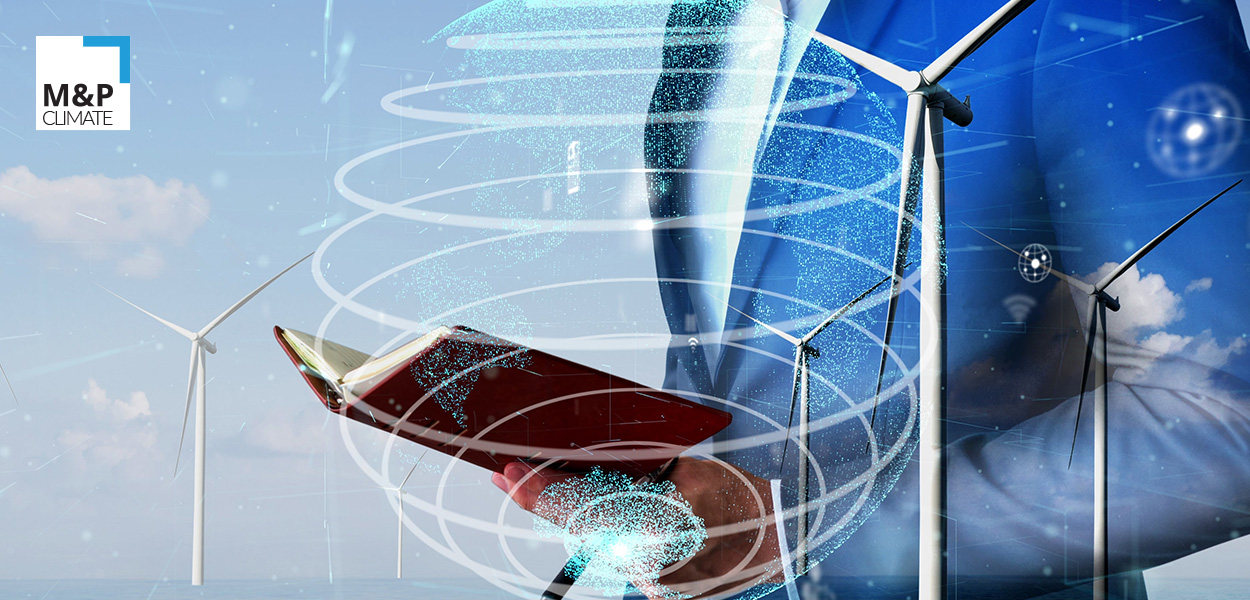As the urgency of climate change mitigation grows, nations are increasingly shifting from fossil fuel dependence to sustainable energy solutions. This transition is not just an environmental necessity; it’s a strategic opportunity to reshape global energy systems and enhance economic resilience.
Key elements include decarbonization strategies, smart grid technology, and advancements in renewable energy storage. By implementing decarbonization strategies, adopting smart grid technology, and advancing renewable energy storage, businesses can not only contribute to a sustainable future but also improve their economic prospects.
In this blog, we’ll take a closer look at how global businesses can control these strategies to not only combat climate change but also drive economic growth?
Decarbonization Strategies and Renewable Energy Storage
Cutting the chase, one of the most prominent trends shaping the future of energy is the global push for decarbonization strategies. Countries are adopting aggressive emission-reduction targets to curb the adverse effects of climate change.
To clarify, the European Union aims to cut greenhouse gas emissions by 55% by 2030, as part of its green energy transition. Moreover, to achieve these goals, governments and industries are investing heavily in renewable energy storage technologies, such as lithium-ion batteries and pumped hydro storage, which are essential for managing the intermittency of renewable sources like solar and wind.
But that’s only one side of story.
Recent studies suggest that global energy storage capacity is set to increase by nearly 300% by 2030, with innovations in battery storage making renewable energy more reliable and scalable IEA Report.
This rapid growth in storage is pivotal for stabilizing the grid and ensuring consistent energy supply, especially as we transition away from fossil fuels.
The Role of Smart Grid Technology and Distributed Energy Systems
The integration of smart grid technology is playing a vital role in modernizing the energy sector. Smart grids allow for more efficient energy distribution, real-time monitoring, and the integration of various distributed energy systems such as rooftop solar, microgrids, and electric vehicles. By creating a flexible and resilient grid, smart grids are empowering consumers and utilities to optimize energy usage, reduce wastage, and enhance the reliability of renewable sources.
In fact, according to the International Energy Agency, the global smart grid market is expected to grow by more than $200 billion by 2025.
This growth signifies a shift towards a more dynamic, decentralized energy model where distributed energy systems contribute significantly to national grids, reducing the reliance on centralized power plants.
Green Hydrogen Technology: The Next Big Innovation?
Among the most promising innovations in the renewable energy sector is green hydrogen technology. Industries like transportation, steel manufacturing, and shipping face challenges in decarbonizing with traditional renewables. Green hydrogen offers a solution, using renewable electricity to split water into hydrogen and oxygen, providing clean energy for heavy industries and long-haul transport without greenhouse gas emissions.
According to the International Renewable Energy Agency (IRENA), the cost of producing green hydrogen is expected to fall by up to 85% by 2050. This significant price drop could make green hydrogen technology one of the key pillars in achieving a clean energy future.
Clean Energy Future: Solar and Wind Power
The future of solar power and wind energy continues to look bright, with both sectors experiencing rapid technological advancements and cost reductions. Renewable energy trends indicate that solar and wind energy are now cheaper than fossil fuels in many parts of the world, driving a surge in their adoption.
installation costs continue to fall, and efficiency improves, the clean energy future is likely to be dominated by solar and wind power. Emerging technologies like floating solar panels and offshore wind farms are further expanding the potential for renewable energy generation in previously untapped areas.
Innovations in Renewable Energy and Emerging Green Technologies
The pace of innovations in renewable energy is accelerating, with new emerging green technologies poised to revolutionize the sector.
Key developments include:
• Energy storage breakthroughs: Solid-state batteries are expected to offer higher energy densities and longer lifespans, addressing a major limitation of current storage technologies.
• Digitalization Advancements: The energy sector is seeing improved efficiency through:
- Advanced data analytics
- Artificial intelligence applications
- Blockchain technology integration

Renewable Energy Policy and Global Initiatives
Strong renewable energy policies are driving the global adoption of clean energy solutions. Governments are introducing incentives, tax credits, and subsidies to accelerate the transition to renewables. In Europe, initiatives like the Green Deal aim to make the continent carbon-neutral by 2050. Such policies are also prompting large-scale investments in renewable technologies and infrastructure, providing a favorable environment for renewable energy advancements.
Additionally, international agreements like the Paris Agreement are fostering global cooperation, with countries committing to ambitious climate goals that support the growth of renewables.
Green Energy Transition and the Role of Digitalization in Energy Sector
The global green energy transition is gathering momentum, with renewables expected to account for 90% of new power capacity additions by 2025, according to the International Energy Agency. However, the integration of renewables into existing energy systems presents its own challenges, particularly in terms of grid management and stability.
This is where digitalization in the energy sector comes into play. Smart meters, automated energy trading systems, and predictive maintenance technologies are helping to manage the growing complexity of modern energy systems. These innovations ensure that renewable energy is delivered reliably and efficiently, minimizing the risk of blackouts and improving the overall sustainability of energy grids.
Future Projections: Renewable Energy Breakthroughs
Looking ahead, the future of renewable energy is filled with promise, with exciting renewable energy breakthroughs on the horizon. From innovations in clean energy to advancements in solar, wind, and hydrogen technologies, the world is on the brink of an energy revolution.
According to a recent report by BloombergNEF, renewable energy is expected to supply more than 80% of the world’s electricity by 2050. The continued growth of renewable energy will not only help mitigate climate change but also create new economic opportunities, reduce air pollution, and improve global health outcomes.
The Road Ahead for a Green Energy Future
The journey toward a sustainable energy future is not just a technical transformation but a deeply human one, driven by our shared responsibility to protect the planet. As we innovate and adapt, the path to cleaner energy becomes more tangible, offering hope for future generations.
For that purpose, M&P Climate guides businesses through the complexities of decarbonization and climate strategy. Our expertise empowers companies to actively contribute to a greener, more resilient world—turning ambition into actionable progress.








